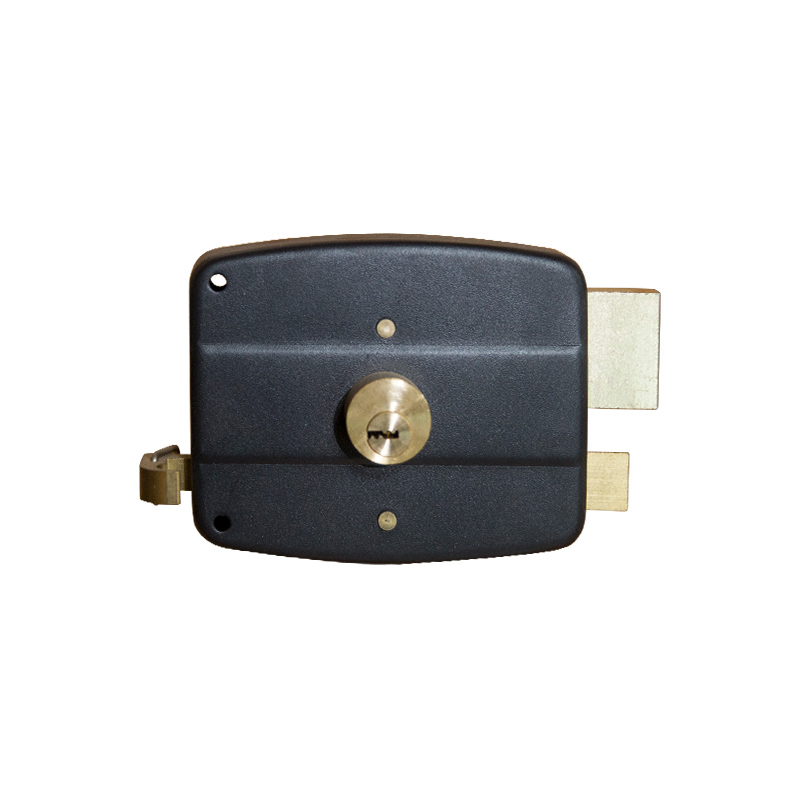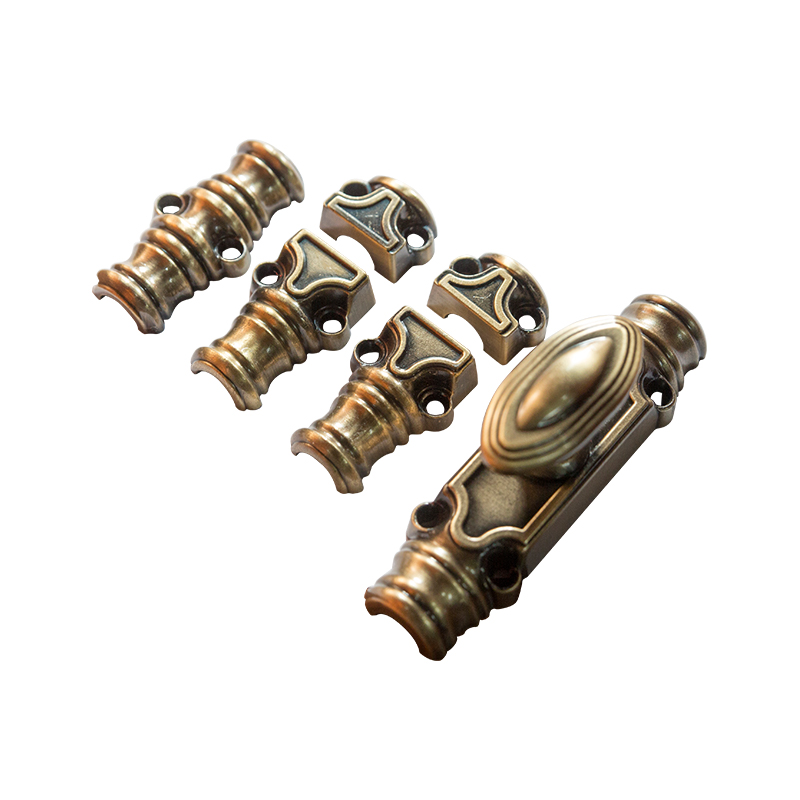In the field of security protection, rim Lock are the first line of defense to guard the door, and their performance is directly related to the reliability of the overall security system. Faced with complex and changing use environments, the material selection of rim Lock is particularly critical, especially the balance of strength, hardness and corrosion resistance, which is directly related to the durability and safety of the lock. This article will explore in depth the selection of materials for rim Lock and how to ensure their durability in harsh environments through scientific material selection.
Double guarantee of strength and hardness
As the core component of the door lock system, the edge lock must be able to withstand various physical impacts and prying attempts from the outside. Therefore, the strength and hardness of the material become the primary considerations. Stainless steel stands out for its excellent mechanical properties. It is not only strong, but also has moderate hardness, which can effectively resist violent destruction. Copper alloys and zinc alloys also have excellent strength and hardness performance. While ensuring the stability of the structure, they also have a certain degree of anti-deformation ability to ensure that the lock body is not easily damaged when subjected to external forces.
The importance of corrosion resistance
In addition to strength and hardness, corrosion resistance is also an important part of the selection of edge lock materials that cannot be ignored. In a humid, rainy or corrosive environment, locks are very susceptible to corrosion, which affects their service life and safety. Stainless steel is widely used because of its excellent corrosion resistance. The dense oxide film formed on its surface can effectively block the erosion of external corrosive media and maintain the long-term beauty and functionality of the lock. For materials such as copper alloys and zinc alloys, surface treatment processes such as galvanizing and nickel plating are used to enhance their corrosion resistance and extend their service life.
Comprehensive consideration of materials
When selecting materials for peripheral locks, other factors must be considered comprehensively. For example, the weight of the material will affect the convenience of installation and maintenance of the lock; cost is one of the important factors that determine the market competitiveness of the product. Therefore, under the premise of ensuring strength, hardness and corrosion resistance, lightweight, economical and easy-to-process materials should be selected as much as possible.
Technology empowers and improves performance
With the advancement of science and technology, new materials continue to emerge, providing more possibilities for improving the performance of peripheral locks. For example, the application of high-strength composite materials, ceramic materials and smart materials not only improves the strength and hardness of locks, but also gives them more functional characteristics, such as self-repair and smart sensing. The application of these innovative materials will further enhance the safety and durability of the outer edge lock.
The material selection of the outer edge lock is a complex and meticulous process, which requires comprehensive consideration of multiple factors such as strength, hardness, corrosion resistance, cost, weight, etc. Through scientific material selection and advanced manufacturing technology, it can ensure that the outer edge lock still maintains excellent durability and safety in harsh environments, providing solid protection for the safety of users' lives and property.











